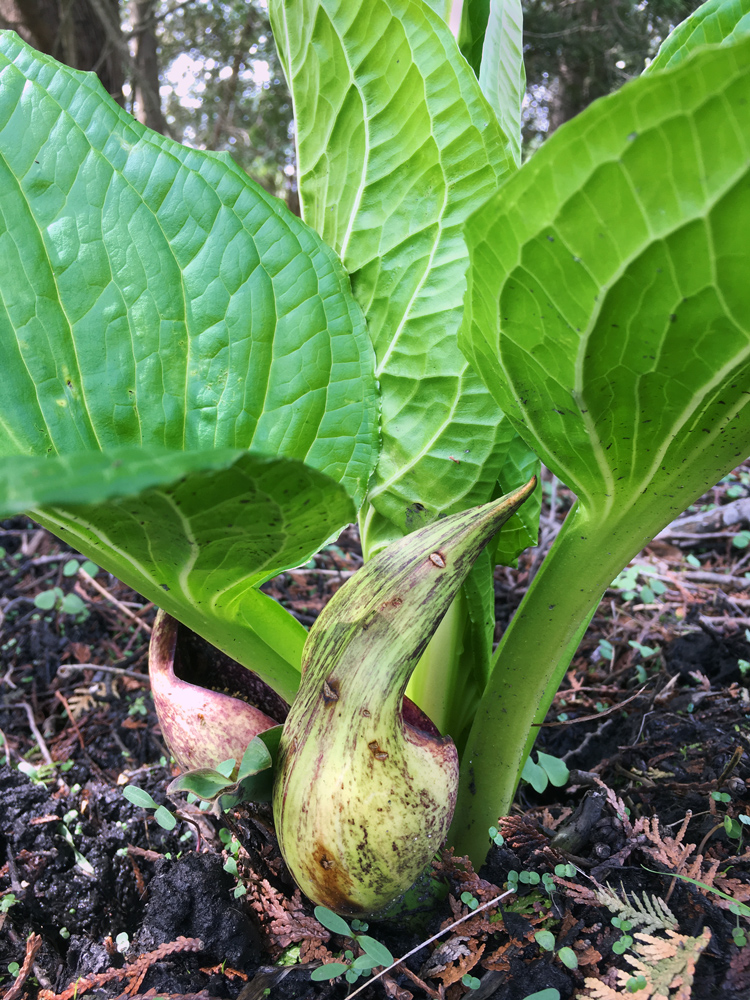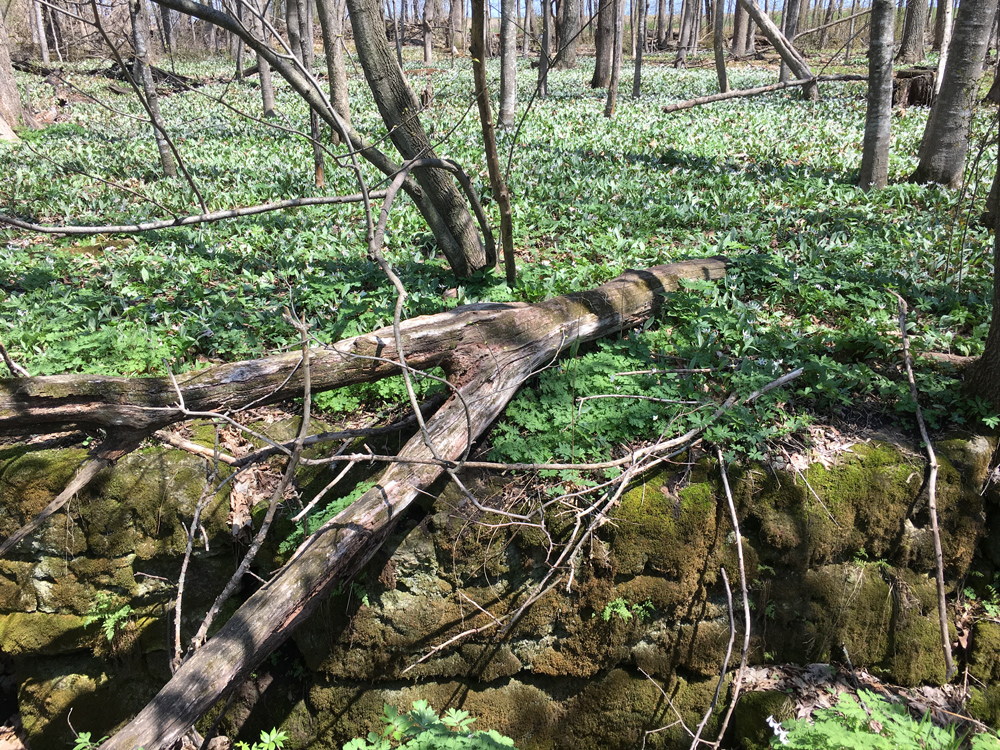 |
| Bradford Beach |
Milwaukee’s
magnificent and unmatchable lakefront—where else do you go on Memorial Day weekend, the
traditional start of summer? Especially if the inland temperatures rise above
90°
as they did this weekend. Although I tend to avoid crowds, I decided to check
it out this year. It was definitely crowded. Lincoln Memorial Drive was a slow crawl
from end to end all afternoon. But it was in fact noticeably “cooler near the
lake” and a perfect opportunity to observe how much we Milwaukeeans love our
lakefront.
 |
| Bradford Beach |
Bradford Beach, epicenter of the action, was pretty much wall-to-wall
people. A surprising number even ventured into the frigid waters of the lake.
 |
| Beach volleyball on Bradford Beach |
 |
| Defending the sand fort |
Not wanting to be intrusive, I tend not to train my camera on
individuals at the beach. But these young people saw my camera and invited me
to take their picture.
Those who desired a less congested beach experience chose McKinley
Beach, the semi-circular sandy inlet just north of McKinley Marina.
 |
| Kayakers setting off from McKinley Beach |
The Veteran’s Park lagoon was hopping with activity, kayaks,
paddleboats and paddleboards aplenty.
There was a kite festival going on at Veteran’s Park. I didn’t get out
that far but it was easy to see the striking display of kite design and flying
ability from Lincoln Memorial Drive. I did find a couple of boys having their
own personal kite festival on the wide-open stretch between McKinley and
Bradford Beaches.
The Oak Leaf Trail running between the lagoon and Lincoln Memorial
Drive saw a steady stream of people walking, biking, rollerblading, and
running.
I found this amazing and aromatic panorama of lilac bushes at the
corner of E. Lafayette Hill Road, across from Colectivo.


























 Crown imperial (fritillaria) nestled among bluebells at Boerner Botanical Gardens, Hales Corners.
Crown imperial (fritillaria) nestled among bluebells at Boerner Botanical Gardens, Hales Corners.
 Marsh marigold patch, Greenfield Park, West Allis
Marsh marigold patch, Greenfield Park, West Allis Forsythia and South Ravine Bridge, Lake Park, Milwaukee
Forsythia and South Ravine Bridge, Lake Park, Milwaukee
 Hawthorn budding, Zinn Preserve, Town of Erin, Washington Co.
Hawthorn budding, Zinn Preserve, Town of Erin, Washington Co. White trout lilies, Niagara Escarpment, Town of Leroy, Dodge Co.
White trout lilies, Niagara Escarpment, Town of Leroy, Dodge Co. Trout lily patch, Niagara Escarpment, Town of Leroy, Dodge Co.
Trout lily patch, Niagara Escarpment, Town of Leroy, Dodge Co. Yellow trout lilies, Sanctuary Woods, Milwaukee County Grounds, Wauwatosa
Yellow trout lilies, Sanctuary Woods, Milwaukee County Grounds, Wauwatosa White trilliums, Jacobus Park, Wauwatosa
White trilliums, Jacobus Park, Wauwatosa Tulips, Boerner Botanical Gardens, Hales Corners.
Tulips, Boerner Botanical Gardens, Hales Corners. Redbud, Boerner Botanical Gardens, Hales Corners
Redbud, Boerner Botanical Gardens, Hales Corners Bloodroot, Retzer Nature Center, Waukesha Co.
Bloodroot, Retzer Nature Center, Waukesha Co.








